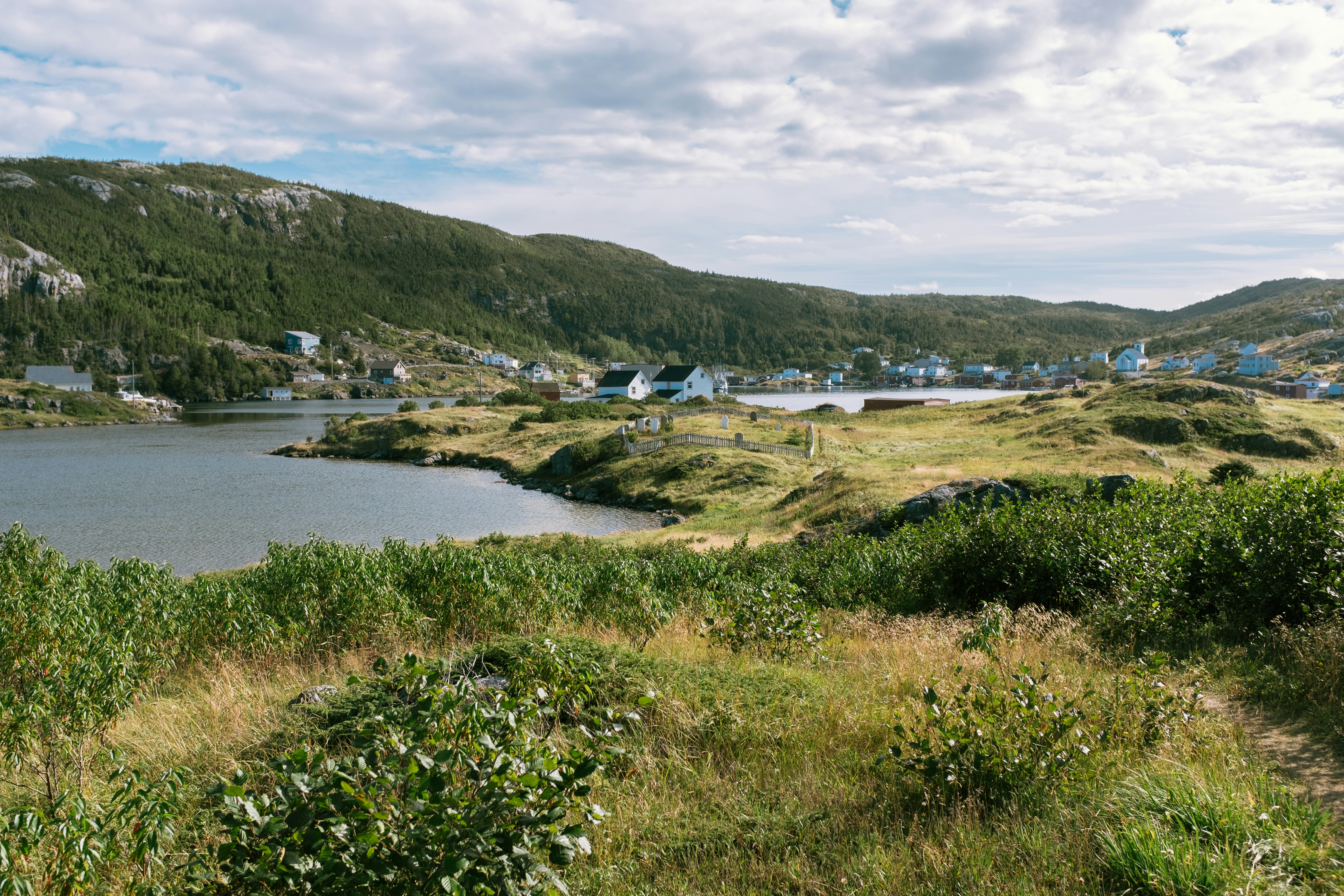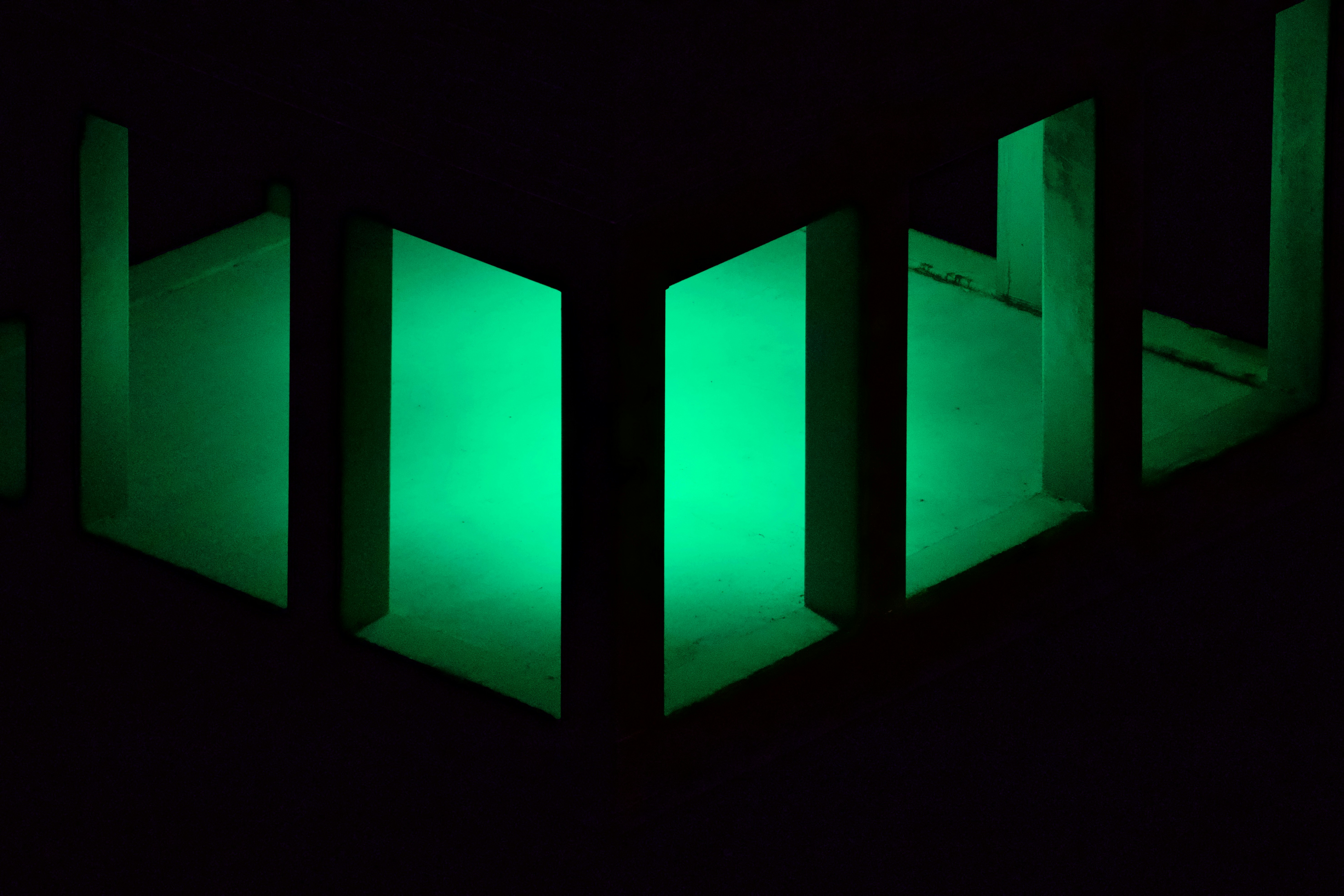
Green building certifications serve as third-party verification that a building or home meets specific environmental performance standards. In Canada's rapidly evolving sustainable construction landscape, these certifications provide credibility, measurable guidelines, and recognition for environmentally responsible building practices. This comprehensive guide explores the major green building certification systems available in Canada, helping you determine which might be most appropriate for your project.
Why Pursue Green Building Certification?
Before diving into specific certification programs, it's worth understanding the benefits they provide:
- Verified Performance: Independent verification that your building meets specific environmental standards
- Market Differentiation: Certified buildings often command premium prices and higher occupancy rates
- Reduced Operating Costs: Most certifications focus on energy and water efficiency, which translates to lower utility bills
- Access to Incentives: Many Canadian municipalities and provinces offer incentives, expedited permitting, or density bonuses for certified projects
- Environmental Impact: Systematic approach to reducing a building's ecological footprint
- Health Benefits: Many green certifications include criteria for improved indoor air quality and occupant wellbeing
LEED® (Leadership in Energy and Environmental Design)
Overview
Developed by the U.S. Green Building Council and administered in Canada by the Canada Green Building Council (CaGBC), LEED is the most widely recognized green building certification system in North America. The rating system evaluates buildings across various categories including energy efficiency, water conservation, materials selection, indoor environmental quality, and innovation.
Buildings can achieve four certification levels:
- Certified (40-49 points)
- Silver (50-59 points)
- Gold (60-79 points)
- Platinum (80+ points)
LEED Rating Systems
LEED offers different rating systems tailored to specific project types:
- LEED BD+C (Building Design and Construction): For new construction and major renovations of commercial, institutional, and high-rise residential buildings
- LEED ID+C (Interior Design and Construction): For commercial interiors and tenant improvements
- LEED O+M (Building Operations and Maintenance): For existing buildings undergoing improvement work or little to no construction
- LEED Homes: For single-family homes and low-rise multi-family buildings (up to 3 stories)
- LEED ND (Neighborhood Development): For new land development projects or redevelopment projects
Canadian Adaptation
The Canada Green Building Council has adapted LEED to better suit Canadian conditions, including:
- Alignment with Canadian codes and standards
- Adjustment of energy performance metrics to account for Canada's colder climate
- Recognition of Canadian certification programs and equivalent standards
- Language considerations (bilingual resources)
As of 2024, over 4,600 projects have achieved LEED certification in Canada, with Ontario, Quebec, and British Columbia leading in certified building area.
Cost Considerations
LEED certification involves several costs:
- Registration fees: $1,200 - $1,500 CAD
- Certification fees: Based on project size, ranging from $2,250 - $30,000+ CAD
- Consultant fees (if using a LEED consultant): $15,000 - $75,000+ CAD depending on project complexity
- Implementation costs: Varies widely based on certification level and building type
Research by the CaGBC found that LEED-certified buildings typically have a modest premium of 2-7% in construction costs, which is often recovered through operational savings within 3-7 years.

ENERGY STAR® for New Homes
Overview
ENERGY STAR for New Homes is a program administered by Natural Resources Canada (NRCan) that focuses specifically on energy efficiency in residential construction. It represents homes that are at least 20% more energy-efficient than those built to the minimum requirements of building codes.
Unlike LEED and other multi-faceted certification systems, ENERGY STAR focuses exclusively on energy performance, making it more streamlined and typically less expensive to achieve.
Requirements
To earn ENERGY STAR certification for a new home in Canada, the project must:
- Achieve an EnerGuide rating at least 20% better than code
- Include ENERGY STAR certified windows, doors, and HVAC equipment
- Implement effective insulation systems
- Meet air sealing requirements verified by blower door testing
- Incorporate water-efficient fixtures
- Be verified by a licensed service organization
Benefits
ENERGY STAR certification offers several advantages:
- Strong consumer recognition and understanding
- Lower upfront costs compared to more comprehensive certification systems
- Focus on energy efficiency, which typically provides the most direct financial return
- Eligibility for various rebates and incentives across Canada
- Simpler documentation and verification process
Many production homebuilders in Canada have adopted ENERGY STAR as their standard certification program due to its balance of credibility and accessibility.
Passive House (Passivhaus)
Overview
The Passive House standard, originally developed in Germany as "Passivhaus," is a rigorous, voluntary standard focused on creating ultra-low energy buildings that require minimal heating and cooling. The standard is administered internationally by the Passive House Institute (PHI) and in Canada by Passive House Canada.
Unlike prescriptive approaches that specify particular technologies or strategies, Passive House is a performance-based standard with specific, measurable targets.
Key Requirements
To achieve Passive House certification, buildings must meet several stringent criteria:
- Heating/Cooling Demand: Maximum 15 kWh per square meter per year
- Primary Energy Demand: Maximum 120 kWh per square meter per year (including all appliances)
- Airtightness: Maximum 0.6 air changes per hour at 50 pascals pressure (verified by blower door test)
- Thermal Comfort: Maximum 10% of hours per year above 25°C
These requirements are achieved through:
- Superinsulation (typically R-40 to R-60 for walls, R-60 to R-90 for roofs in Canadian climates)
- Triple-glazed windows with insulated frames
- Advanced air sealing techniques
- Heat recovery ventilation
- Thermal bridge-free design
- Passive solar gain orientation
Canadian Adaptation
Passive House Canada has worked to adapt the standard for Canadian climates:
- Climate-specific modeling using Canadian weather data
- Development of cold-climate construction details
- Training programs for architects, builders, and tradespeople
- Integration with Canadian codes and standards
Canada now boasts over 60 certified Passive House projects ranging from single-family homes to multi-unit residential buildings and institutional facilities.
Cost Implications
Passive House typically involves a higher upfront cost than conventional construction:
- Construction cost premium: 5-10% for experienced teams, potentially higher for first-time projects
- Certification costs: €1,500 - €3,500 (approximately $2,200 - $5,200 CAD)
- Design and consulting fees: Additional fees for specialized Passive House consultants
However, these costs are offset by significant operational savings (70-90% reduction in heating/cooling costs) and exceptional comfort and durability. In some cases, the simplification of mechanical systems can partially offset the increased envelope costs.
BOMA BEST® Sustainable Buildings
Overview
BOMA BEST (Building Environmental Standards) is Canada's largest environmental assessment and certification program for existing buildings. Developed by the Building Owners and Managers Association of Canada (BOMA Canada), it provides a framework for assessing the environmental performance and management of existing buildings.
Unlike many certification systems that focus on new construction, BOMA BEST is specifically designed for existing buildings and ongoing operations.
Certification Levels
BOMA BEST offers five certification levels:
- Certified: Meets all BEST Practices
- Bronze: Meets all BEST Practices and achieves 40-49% score
- Silver: Meets all BEST Practices and achieves 50-79% score
- Gold: Meets all BEST Practices and achieves 80-89% score
- Platinum: Meets all BEST Practices and achieves 90%+ score
Assessment Areas
BOMA BEST evaluates buildings across six main categories:
- Energy
- Water
- Air
- Comfort
- Health and Wellness
- Custodial
- Purchasing
- Waste
- Site
- Stakeholder Engagement
The program includes tailored assessment paths for different property types:
- Office
- Enclosed Shopping Centres
- Light Industrial
- Open Air Retail
- Multi-Unit Residential Buildings
- Health Care
- Universal (for other building types)
Benefits for Building Owners and Managers
BOMA BEST offers distinct advantages for existing building operations:
- Benchmarking against similar buildings across Canada
- Operational cost savings through improved efficiency
- Framework for continuous improvement
- Enhanced tenant attraction and retention
- Demonstration of corporate social responsibility
- Preparation for potential future regulatory requirements
Over 7,000 buildings across Canada have achieved BOMA BEST certification, making it one of the most widely adopted green certification programs in the country.
Zero Carbon Building Standard
Overview
Developed by the Canada Green Building Council, the Zero Carbon Building (ZCB) Standard is Canada's first and only standard for zero carbon buildings. Launched in 2017 and updated with version 2 in 2020, the program responds directly to Canada's climate commitments by focusing explicitly on carbon emissions rather than energy efficiency alone.
Certification Paths
The ZCB Standard offers two certification paths:
- ZCB-Design: For new buildings and major renovations at the design stage
- ZCB-Performance: For existing buildings based on a 12-month period of operations
Key Requirements
The ZCB Standard has several mandatory requirements:
- Zero Carbon Balance: 100% of operational carbon emissions must be offset
- Low Carbon Energy: Buildings must use low carbon energy sources
- Energy Efficiency: Minimum energy performance requirements (TEUI, TEDI for ZCB-Design)
- Embodied Carbon: Projects must report embodied carbon of structural and envelope materials
- Peak Demand: Projects must demonstrate measures to reduce peak electricity demand
The standard emphasizes four key strategies:
- Energy efficiency through high-performance building envelopes
- On-site renewable energy generation
- Electrification and elimination of combustion systems where possible
- Procurement of clean, renewable energy
Significance for Canadian Climate Goals
The ZCB Standard aligns directly with Canada's commitment to achieve net-zero emissions by 2050. Buildings certified under this standard demonstrate leadership in:
- Climate change mitigation
- Future-proofing against carbon pricing and regulations
- Resilience against energy price volatility
- Reducing dependence on fossil fuels
While newer than other certification systems, the ZCB Standard has gained significant traction, with dozens of projects certified or registered across Canada, representing over 2 million square feet of building area.
Other Notable Canadian Green Building Certifications
WELL Building Standard
While international in scope, the WELL Building Standard has seen significant adoption in Canada. Focused specifically on human health and wellness, WELL complements energy and environmental certifications by addressing:
- Air quality
- Water quality
- Nourishment (healthy food access)
- Light quality
- Physical activity opportunities
- Thermal comfort
- Sound management
- Materials health
- Mental health support
- Community wellbeing
WELL certification can be pursued alongside other green building certifications to create buildings that are both environmentally sustainable and health-promoting.
Living Building Challenge
The most rigorous green building standard in the world, the Living Building Challenge (LBC) has inspired several pioneering projects in Canada. LBC certified buildings must:
- Generate more energy than they use (net-positive energy)
- Capture and treat all water on-site
- Use only non-toxic, appropriately sourced materials
- Support habitat restoration
- Create a positive relationship with the natural environment
- Promote equity and social justice
- Demonstrate beauty and inspiration
While challenging to achieve in the Canadian climate, projects like the Kendeda Building at the University of British Columbia demonstrate that the LBC is attainable even in northern climates.
SITES
The SITES certification focuses on sustainable landscape design and can complement building certifications. It addresses:
- Water management
- Soil health
- Vegetation and habitat
- Materials selection
- Human health and wellbeing
- Construction practices
- Operations and maintenance
SITES is particularly valuable for Canadian projects with significant landscape components, helping create resilient outdoor spaces adapted to local climate conditions.
Selecting the Right Certification for Your Project
Key Considerations
When choosing a green building certification for your Canadian project, consider:
- Project Type: Residential, commercial, institutional, or mixed-use
- Project Phase: New construction, major renovation, or existing building operation
- Primary Goals: Energy efficiency, carbon reduction, water conservation, health, or comprehensive sustainability
- Budget: Available resources for both certification costs and implementation
- Timeline: Some certifications require longer verification periods
- Team Experience: Consider your team's familiarity with different certification systems
- Local Incentives: Check for municipal or provincial incentives tied to specific certifications
- Market Recognition: Consider which certifications are valued in your target market
Certification Comparison
| Certification | Focus | Complexity | Cost Impact | Best For |
|---|---|---|---|---|
| LEED | Comprehensive sustainability | Moderate to High | 2-7% premium | Projects seeking holistic sustainability approach |
| ENERGY STAR | Energy efficiency | Low | 1-3% premium | Residential projects with focus on energy performance |
| Passive House | Ultra-low energy performance | High | 5-10% premium | Projects prioritizing energy efficiency and comfort |
| BOMA BEST | Operational sustainability | Moderate | Varies (operational) | Existing commercial and multi-unit residential buildings |
| Zero Carbon Building | Carbon neutrality | Moderate to High | 3-8% premium | Projects focused on climate impact reduction |
Multiple Certifications
Many Canadian projects pursue multiple certifications to address different aspects of sustainability:
- LEED + WELL: Environmental sustainability plus health and wellness
- Passive House + Zero Carbon: Ultra-low energy performance plus carbon neutrality
- ENERGY STAR + BOMA BEST: Initial energy efficiency plus ongoing operational excellence
When pursuing multiple certifications, look for synergies in documentation and requirements to streamline the process.
Regional Success Stories
British Columbia
The Vancouver House by Bjarke Ingels Group achieved LEED Gold certification through:
- Connection to the low-carbon district energy system
- 40% water reduction through efficient fixtures
- Enhanced indoor air quality measures
- Extensive green roofs and community garden spaces
Ontario
The Evolv1 building in Waterloo achieved both LEED Platinum and Zero Carbon Building Standard certification:
- Net positive energy performance (produces more energy than it consumes)
- Three-story green wall for air purification and biophilic benefits
- Geothermal heating and cooling system
- Solar carport generating 105 kW of electricity
- Rainwater harvesting system
Quebec
The Maison Productive House in Montreal achieved LEED Platinum and Passive House certification through:
- Triple-glazed windows with insulated frames
- Super-insulated building envelope (R-60 walls, R-80 roof)
- Heat recovery ventilation system with 90% efficiency
- Urban agriculture integration with year-round food production
- Rainwater harvesting and greywater recycling
Conclusion
Green building certifications provide valuable frameworks for creating sustainable, high-performance buildings in Canada's challenging climate. While each certification system has its unique focus and requirements, all contribute to reducing the environmental impact of the built environment while creating healthier, more comfortable spaces.
As Canada works toward its climate commitments, these certification systems will continue to evolve, likely with increasing emphasis on carbon reduction, resilience to climate change, and integrated performance metrics. For building owners, developers, and design professionals, understanding the landscape of green building certifications is an essential skill in creating the sustainable built environment of tomorrow.
Whether you choose LEED, Passive House, Zero Carbon Building, or another certification system, the process of pursuing green building certification helps ensure that your project meets rigorous standards for environmental performance and contributes to Canada's sustainable future.
Share this article:


